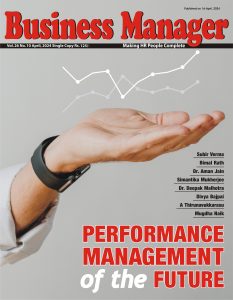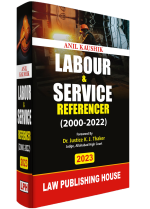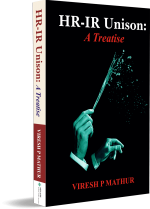Attempt to understand human nature and motivation is almost as old as ‘history of ideas’. At different points of time, different theories have emerged and attempts have been made to ascribe relative weightages to it. Depending upon the context one or another point of view has been appreciated, received adulation and held out as the key mover of human action.
Management literature has a surfeit of writings on motivation. The assumption being, if you understand motivation, you understand it all and there is no need to delve deep into any other domain for getting results. This is a palpably consoling thought. Like all consoling thoughts, it has its limitations. Whether it is Maslow, Herzberg or whoever else, one cannot move the world on the lever of motivation. The lever would need a fulcrum. It is this understanding of the nature of the fulcrum that has progressively occupied more space in management literature. The fulcrum may come in the form of opportunity, resources, timeliness of the action or indeed the skill of the doer. The list of components that go into the making of the fulcrum can only be non-exhaustive. With the passage of time the list changes, evolves and acquires definite contextual overtones.
To put it simply what works and what does not work can be a matter of many variables other than just motivation.
This is a perspective which has, in many management contexts escaped due attention. To make the domain of application of management theory more actionable, it is important to recognise the cognate elements which arouse motives and with sustain it over a period of time.
No motivation can sustain itself unless it is linked to certain basic traits of the person and the context in which it has to operate. Illustratively, motivation theory is heavily rooted in the material needs of the context. An arid zone needs water and an area which is frozen in ice needs warming. There cannot be ‘motivation of water’ in an icy area! Thus, it is that motivational theory is context specific and is linked to the key characteristics of the key personnel involved. Management theorists would do well to create an algorithm of motivational forces across contextual variants of universal trends.
An illustration would help. Many theorists have believed that man is a social animal and therefore is gregarious in character. A human being cannot live alone and needs people around him. People are needed not only in material terms but in emotional and cognitive terms. This creates dependencies and relationships. To understand what moves people, situation and contexts, one has to recognise that at the core of human action are relationships.
Relationships evoke emotion and very often emotions are nurtured by material conditions. Emotions are bread by contiguity, communication and resonance of one variety or another. Put simply, emotions are that inner feeling of attraction or repulsion that are not necessarily driven by any equation which can be fully explained by analysis. Emotions come like a surge and can sweep like a flood They can demolish logic and can propagateself-preservation and self-destruction with equal intensity.
Emotions are very often rooted in identity and nothing appeals more than whipping up that wave of identity to a point of celebration.
These are complex emotions sometimes described as ‘love’ which popularly is ascribed to the heart. What got this identification of the feeling of love with the functioning of the heart is difficult to explain. A good scholar of logic once told me that it is the heart which supplies blood to all parts of the body and hence the correlation between ‘love’ and ‘heart’. What one didn’t cross examine the scholar of logic with, would be the proposition of a possible substitution of the reference to the’heart’ by that of the ‘lungs’, as the place where ‘love’ is lodged. There are two lungs in the body and there are always two people where love is concerned. The lung provides oxygen to every cell of the body in a far more profound way that what the heart does by the supply of blood. If this is physically true, then why not say that ‘love’ is lodged in the lungs?
This, however, is a moot point and need not be shredded too closely. The important thing to remember is that relationships are at the core of human action. Emotions are a subset of relationships.
Once this is understood it will be easier to organise action which would include business. Ultimately, business also survives on relationships.




























Add comment